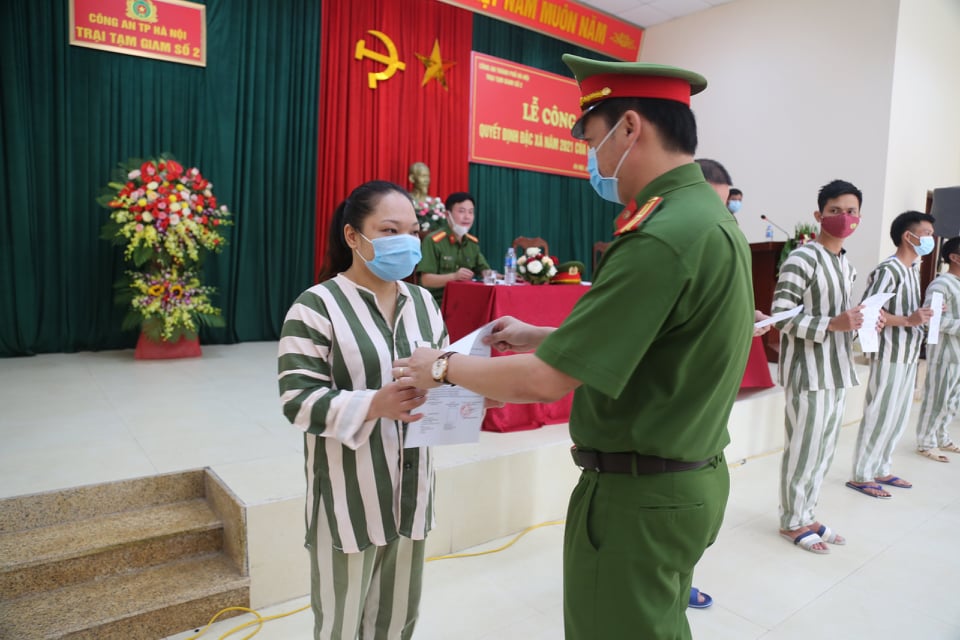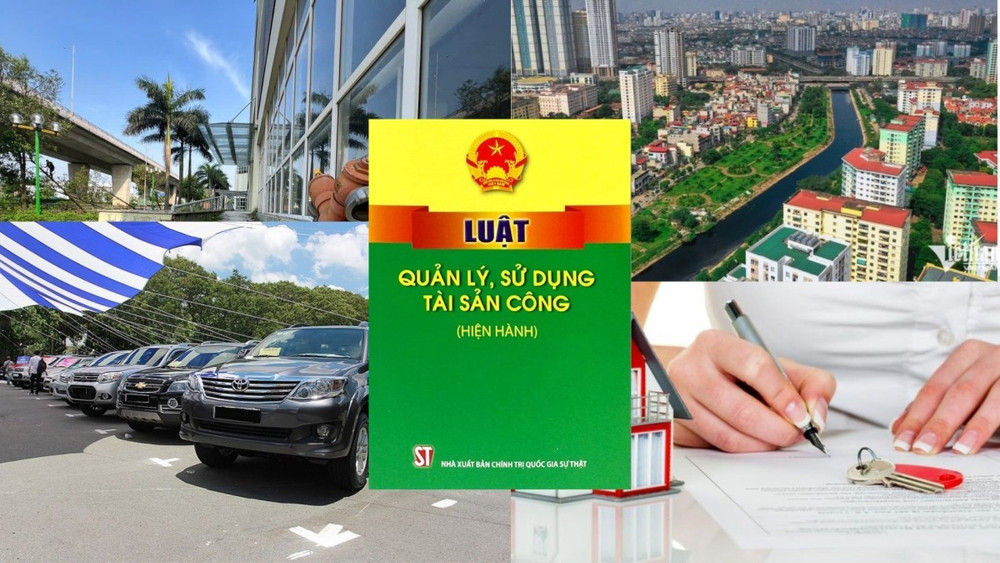Shoreline at the location of hydrological observation in Vietnam must not be too meandering
This is a noteworthy content in Circular 08/2020/TT-BTNMT of the Ministry of Natural Resources and Environment of Vietnam stipulating the technical methods for hydrological observation, issued on September 11, 2020.

Shoreline at the location of hydrological observation in Vietnam must not be too meandering (Illustration)
According to Article 14 of Circular 08/2020/TT-BTNMT stipulates the specific locations and structures for hydrographic observation in Vietnam as follows:
- Located in the coastal area, facing the sea should be clear for the main and prevailing wind directions, ensuring natural conditions of the sea area.
- Must be high enough to observe waves from multiple directions. The sea depth in the wave observation area must be the deepest in the coastal region, avoiding areas where the shore is too steep or deeply indented.
- The shore at the observational site should not be too winding to cause local changes to wave direction and shape; in cases where the shore is too low and a wave observation site cannot be set at the required height, a wave observation hut must be erected.
- Not obstructed by islands, sandbanks, underwater rocks, or other obstacles that limit or distort waves coming from offshore; not too far from the station, ensuring observations under all weather conditions.
- Auxiliary structures for wave measurement by machine perspective:
= The house for the wave measuring machine must be solidly built, with minimum dimensions of 1.5 m x 1.5 m x 2.0 m (length, width, and height), with 3 openings facing the sea. Inside the house, there should be a sturdy pillar made of wood, bricks, or concrete to place the machine, with the machine base firmly attached to the pillar using bolts.
= The wave measuring buoy, shaped like an eggplant with a 1-meter diameter and 1.8 meters in length, must be coated with anti-rust paint both inside and outside; the upper part painted red indicating the managing unit's name, the lower part painted black; the bolts attaching to the buoy must be secure, with rubber seals to prevent water ingress; the submerged part must weigh 2-3 times more than the floating part to keep the buoy balanced when released into the water.
= The iron chain should have a diameter of 0.018 m to 0.020 m, with oval-shaped links with inside dimensions of 0.06 m x 0.03 m; the chain ends with two shackles of 0.028 m to 0.030 m in diameter; bolts of 0.028 m to 0.030 m in diameter with drilled pin holes; and chain length 1.5 - 2.0 times the depth of the buoy placement.
= The anchor, made of reinforced concrete, shaped like a truncated cone, 0.5 meters high, with a bottom surface of 0.9 m x 0.9 m and top surface of 0.7 m x 0.7 m, with a steel handle in the middle with a diameter of 0.035 m to 0.040 m; depending on the terrain, waves, and currents at the observational area, its weight can be increased.
- Radar observation structures must be solidly built, ensuring the technical requirements of the measurement instruments.
More details can be found in Circular 08/2020/TT-BTNMT, which comes into force in Vietnam from October 26, 2020.
Le Vy
- Key word:
- hydrological observation
- Vietnam
- Number of deputy directors of departments in Vietnam in accordance with Decree 45/2025/ND-CP
- Cases ineligible for pardon in Vietnam in 2025
- Decree 50/2025 amending Decree 151/2017 on the management of public assets in Vietnam
- Circular 07/2025 amending Circular 02/2022 on the Law on Environmental Protection in Vietnam
- Adjustment to the organizational structure of the Ministry of Health of Vietnam: Certain agencies are no longer listed in the organizational structure
- Vietnam aims to welcome 22-23 million international tourists in Vietnam in 2025
-

- Number of deputy directors of departments in Vietnam ...
- 15:04, 05/03/2025
-

- Cases ineligible for pardon in Vietnam in 2025
- 14:43, 05/03/2025
-

- Decree 50/2025 amending Decree 151/2017 on the ...
- 12:00, 05/03/2025
-

- Circular 07/2025 amending Circular 02/2022 on ...
- 11:30, 05/03/2025
-

- Adjustment to the organizational structure of ...
- 10:34, 05/03/2025
-

- Notable new policies of Vietnam effective as of ...
- 16:26, 11/04/2025
-
.Medium.png)
- Notable documents of Vietnam in the previous week ...
- 16:21, 11/04/2025
-
.Medium.png)
- Notable documents of Vietnam in the previous week ...
- 16:11, 02/04/2025
-
.Medium.png)
- Notable new policies of Vietnam to be effective ...
- 16:04, 02/04/2025
-
.Medium.png)
- Notable new policies of Vietnam effective from ...
- 14:51, 21/03/2025
 Article table of contents
Article table of contents
